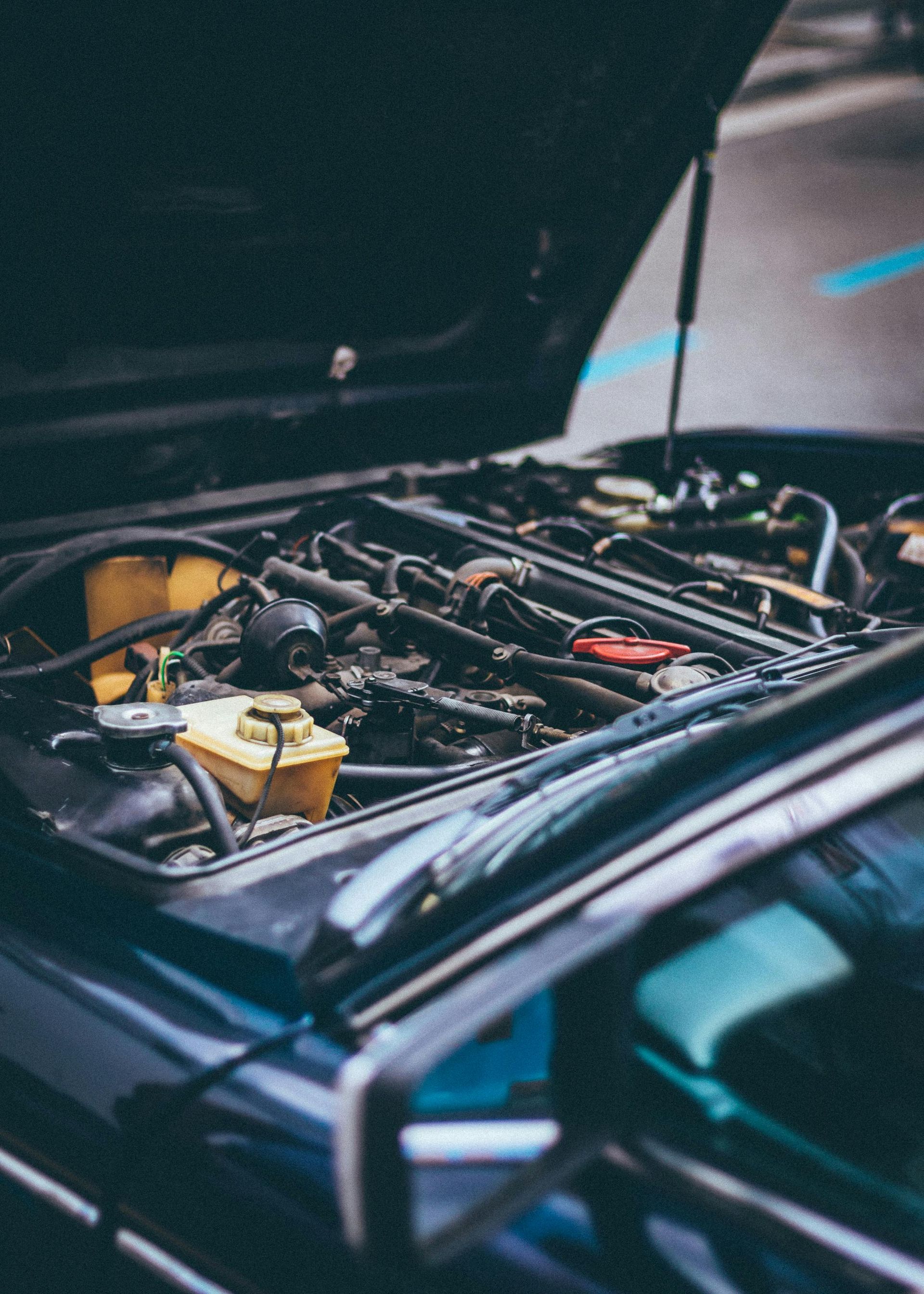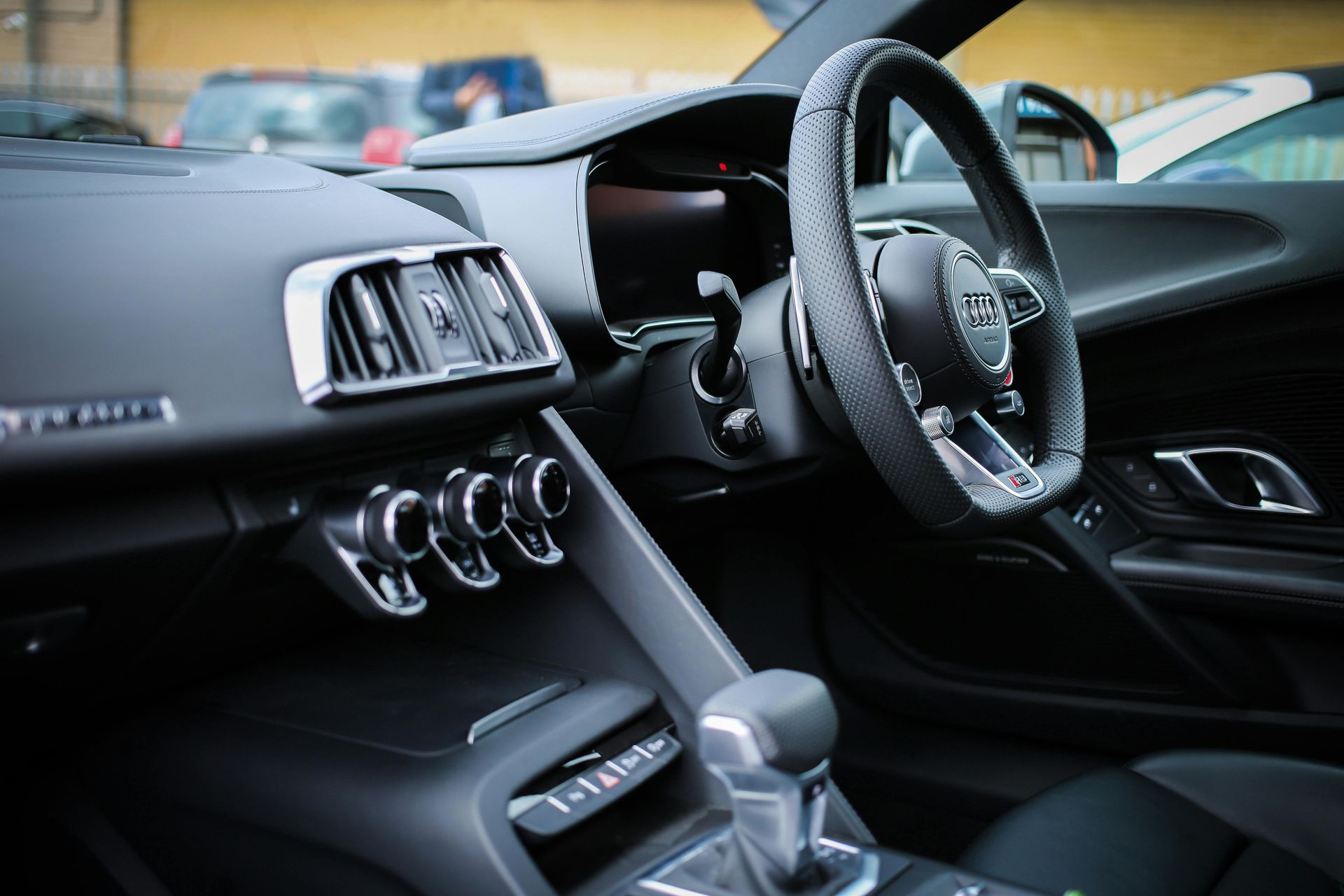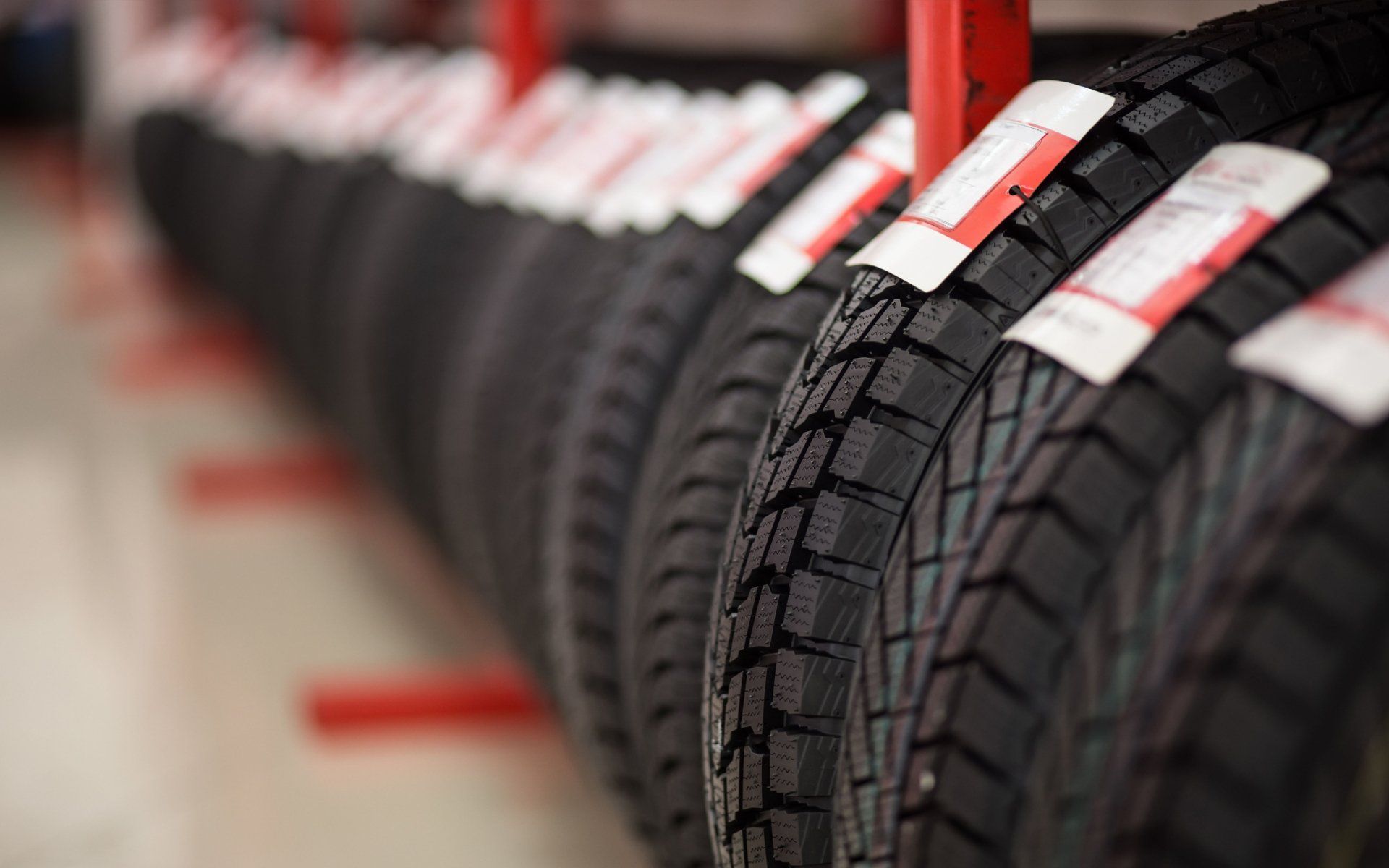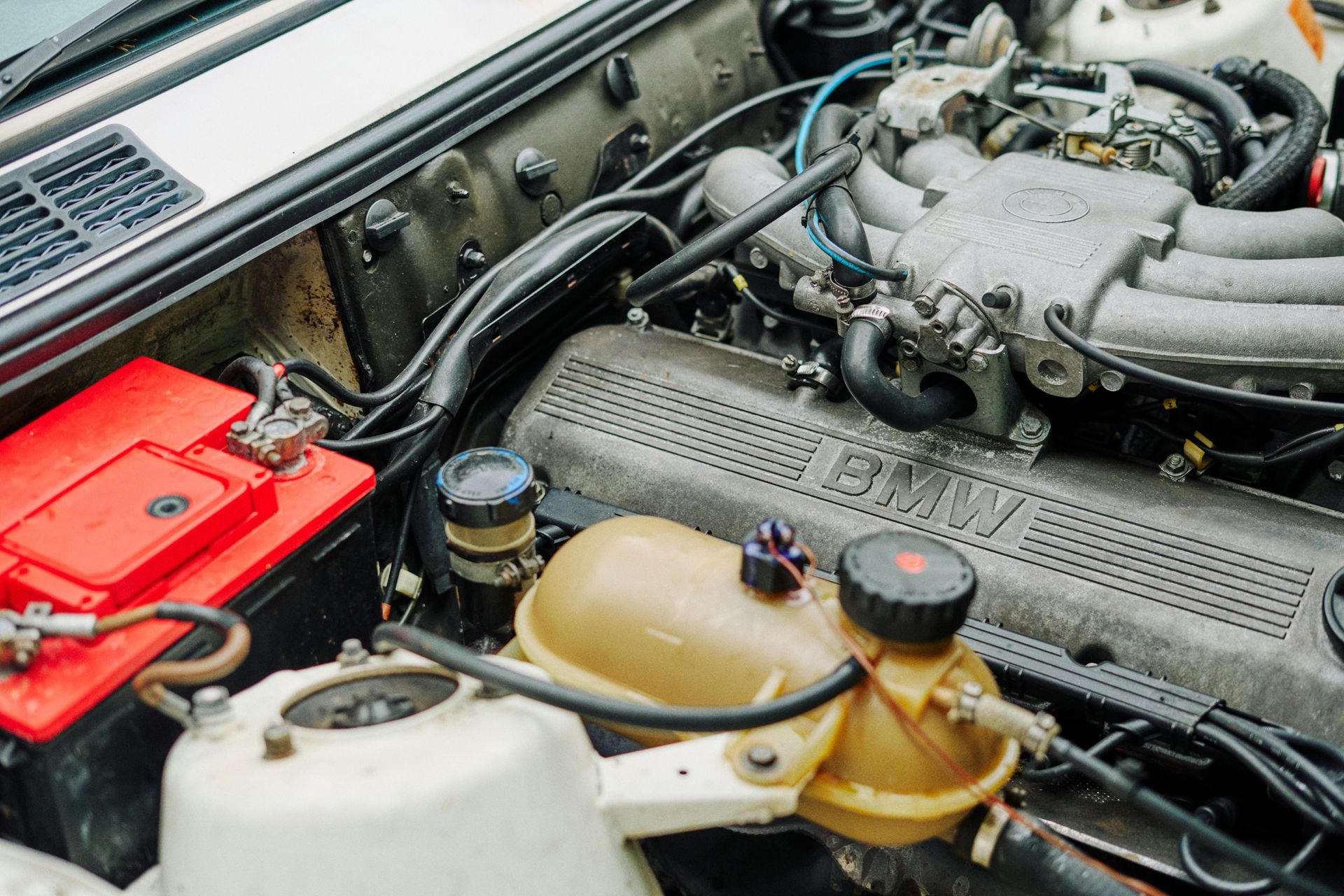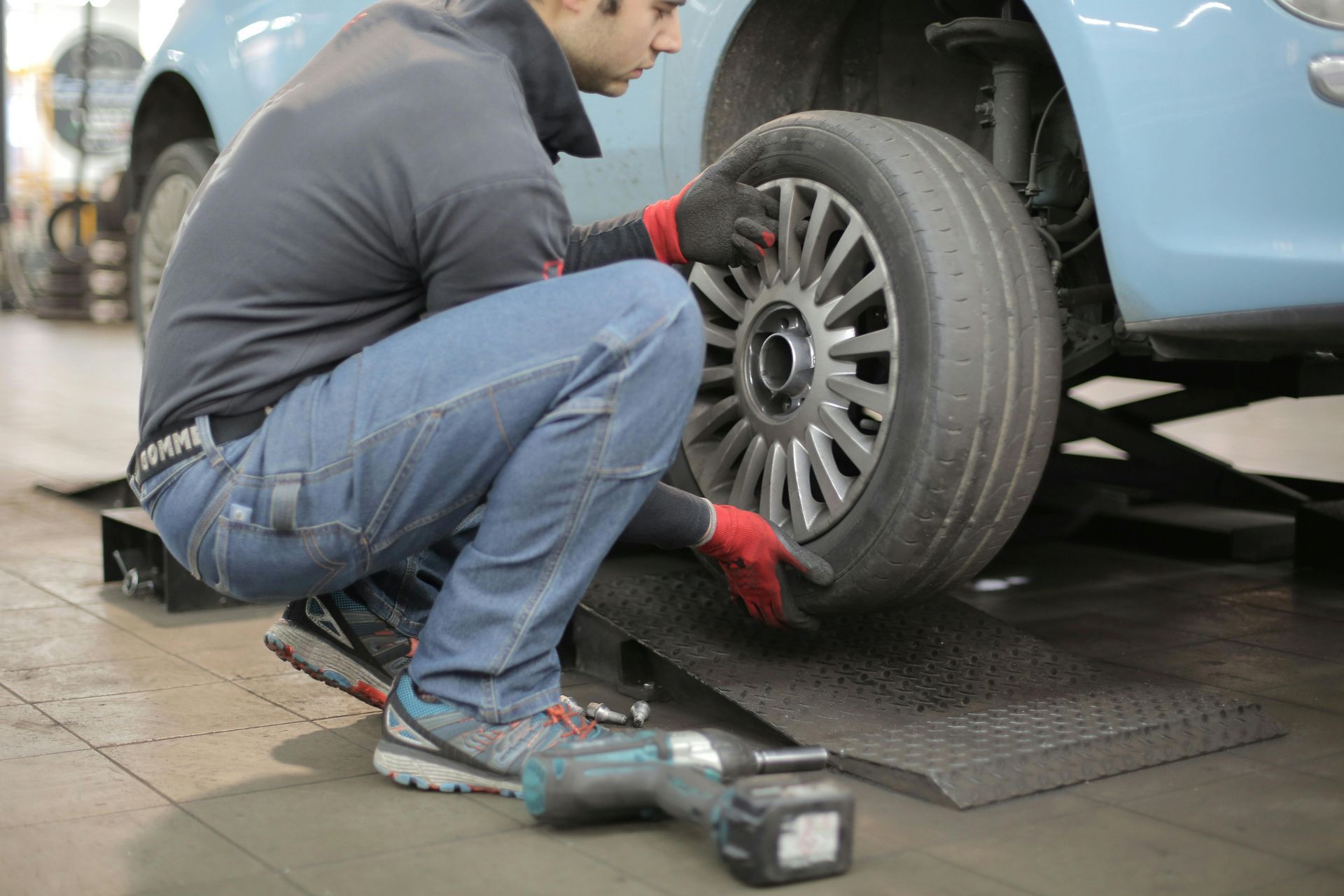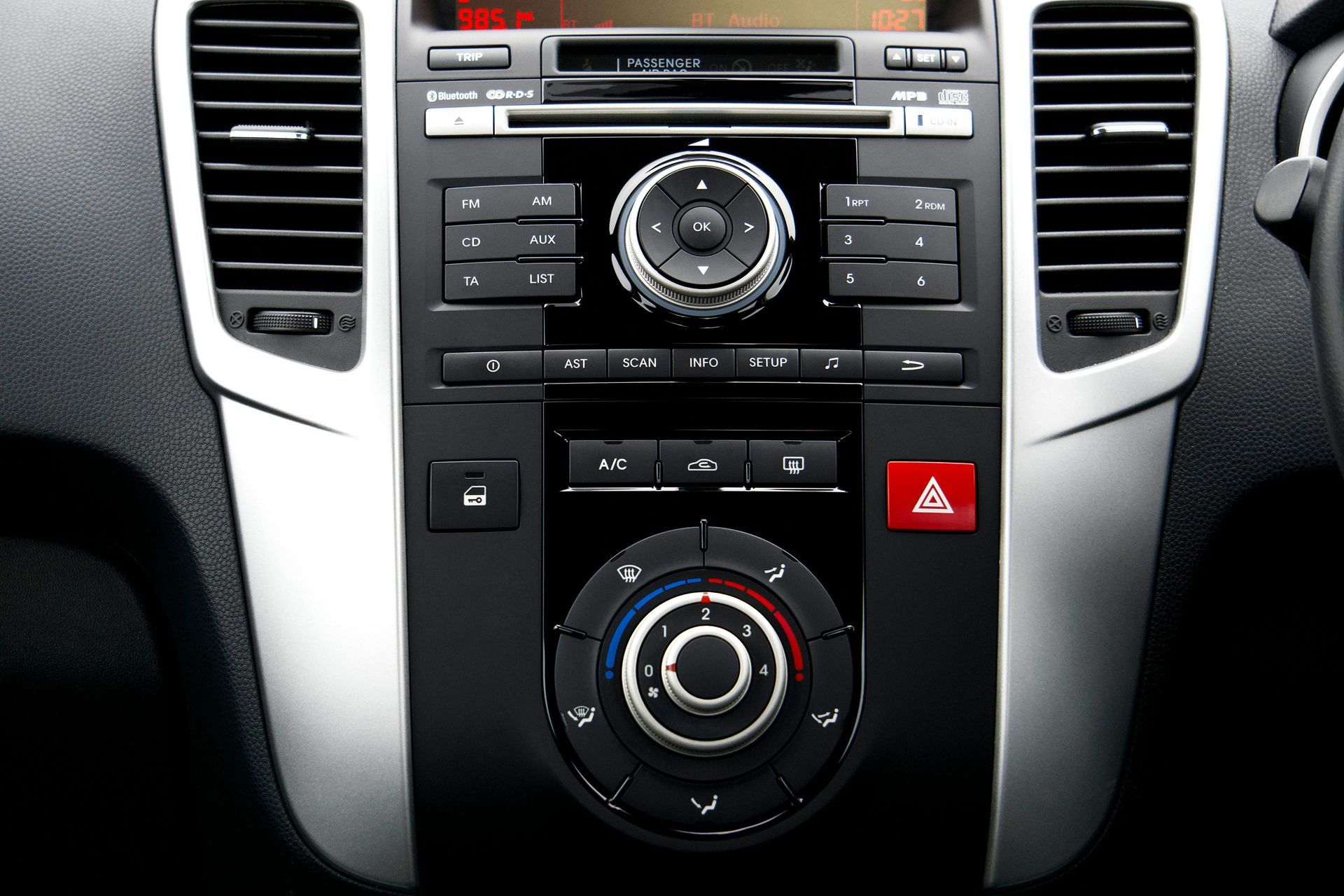Getting Your Vehicle Ready for Auburn's Fall Season
Fall in Auburn brings welcome relief from summer's scorching heat, but it also introduces new challenges for your vehicle. As temperatures start dropping and the first autumn rains approach, smart drivers know it's time to prepare their cars for seasonal changes. Auburn's unique location between the Central Valley and Sierra foothills means fall weather can be unpredictable, making vehicle preparation even more important.
Why Auburn's Fall Weather Is Different
Living in Auburn means dealing with dramatic seasonal transitions. One day you might need air conditioning for a 95-degree afternoon, and the next morning you're scraping frost off your windshield. The temperature swings between hot valley air and cool mountain breezes create unique challenges for your vehicle's systems.
Auburn also sits in the path of Central Valley fog that rolls in during fall mornings. Combined with the first rains after months of dry conditions, these weather patterns require specific vehicle preparations that many drivers overlook.
Check Your Battery Before Temperature Swings
Fall temperature changes are hard on car batteries. While most people think cold weather kills batteries, the truth is that hot summers weaken them, and fall temperature swings finish the job. After months of 100-degree Auburn heat, many batteries are already struggling.
Watch for warning signs like slow engine cranking, dim headlights, or electrical issues. Batteries over three years old are especially vulnerable to fall weather changes. Getting your battery tested in early fall can prevent you from getting stranded in a Raley's parking lot on the first cold morning.
Temperature swings between Auburn's warm afternoons and cool nights put extra stress on battery connections. Corrosion builds up faster, and loose connections become more problematic as metal expands and contracts.
Prepare for the First Rains
After months of dry California weather, the first fall rains create hazardous driving conditions. Oil and debris that built up on roads during summer becomes slippery when wet. This is especially dangerous on Auburn's winding foothill roads and steep Highway 80 grades.
Your tires are crucial for wet weather safety. Check tread depth and tire pressure as temperatures drop. Tires lose pressure in cooler weather, and worn tread can't channel water away effectively on wet pavement.
Don't forget your windshield wipers. Summer heat and UV exposure leave wiper blades cracked and ineffective. Replace them before the first rain, not after you discover they're useless during a downpour on Auburn-Folsom Road.
Test Your Heating System Early
Many Auburn drivers discover their heating systems don't work on the first cold morning of fall. After sitting unused all summer, heaters can develop problems that aren't apparent until you need them.
Turn on your heater during a warm September day to test it. Check that hot air flows from all vents and that the system switches between different modes properly. Strange odors, weak airflow, or lukewarm air indicate problems that should be fixed before you really need heat.
This is especially important if you commute to the Sacramento Valley, where morning fog can make visibility dangerous. A working defroster isn't just about comfort – it's about safety.
Address Cooling System Transitions
Your cooling system worked overtime during Auburn's brutal summer heat. As temperatures moderate, it's time to check coolant levels and condition. Old coolant loses its effectiveness and can cause problems when temperatures start fluctuating.
Fall is ideal for cooling system maintenance because temperatures are moderate but not cold. Technicians can work comfortably, and you won't risk overheating while getting service done.
Check for coolant leaks that might have developed during summer stress. Small leaks become big problems when temperature swings put additional pressure on cooling system components.
Lighting Becomes More Important
Fall means shorter days and more driving in low-light conditions. Headlights, taillights, and turn signals become more critical for safety, especially during Auburn's foggy fall mornings.
Check all exterior lights and replace any burnt bulbs. Clean headlight lenses that may have become cloudy from summer UV exposure. Dim or yellowed headlights are especially dangerous in fog or rain.
Consider upgrading to brighter bulbs if your current lights seem inadequate. Good visibility is crucial when driving through Auburn's tree-lined roads where shadows create varying light conditions.
Don't Forget Fluid Levels
Summer heat evaporates fluids faster, and you might not have noticed gradual losses. Fall is perfect for checking and topping off all fluid levels:
- Windshield washer fluid – You'll use more during fall rain and fog
- Brake fluid – Critical for wet weather stopping power
- Power steering fluid – Cold weather can make steering harder
- Transmission fluid – Temperature changes affect shifting
Low fluid levels cause problems that get worse in changing weather conditions. It's much cheaper to top off fluids than repair damage from running systems dry.
Air Filter Replacement
Summer dust and debris clog air filters, reducing engine efficiency and power. Fall is an excellent time to replace your engine air filter, especially if you've been driving on dusty Gold Country roads or dealing with wildfire smoke.
A clean air filter improves fuel economy and engine performance – important as you transition from summer vacation driving to regular fall routines. If you have a cabin air filter, replace that too for cleaner air inside your vehicle.
Tire Pressure and Tread Check
As temperatures drop, tire pressure decreases. For every 10-degree temperature drop, tires lose about 1 PSI. Auburn's fall temperature swings can cause significant pressure changes that affect handling and fuel economy.
Check tire pressure weekly during fall months and adjust as needed. Proper pressure is especially important as roads become wet and slippery from the first autumn rains.
Inspect tread depth carefully. Summer heat and road trips may have worn tires more than expected. Good tread is essential for channeling water away from the tire contact patch on wet Auburn roads.
Prepare for Back-to-School Traffic
Fall brings heavier traffic as schools resume and people return from summer vacations. Your vehicle needs to be ready for more stop-and-go driving, especially around Auburn's schools and on commuter routes.
Check your brakes for any issues that developed during summer driving. Squealing, grinding, or soft brake pedals are signs of problems that become more dangerous in heavy traffic conditions.
Schedule Service Before Problems Start
Fall vehicle preparation is about preventing problems, not fixing them after they occur. Auburn's moderate fall temperatures make it comfortable to get service work done before winter weather arrives.
Many automotive problems that develop during summer heat don't show symptoms until temperature changes stress weakened components. Professional inspection can catch these issues early.
Stay Ahead of Auburn's Weather Changes
Auburn's fall weather can change quickly, from warm and sunny to cold and foggy within hours. Your vehicle needs to be ready for whatever conditions arise, whether you're commuting to Sacramento or driving mountain roads to Nevada City.
At Autovantage Service Center, we know exactly how Auburn's seasonal weather changes affect your vehicle. Our ASE-certified technicians can perform comprehensive fall preparation services to ensure your car is ready for temperature swings, rain, fog, and everything else autumn brings to the Sierra foothills.
Don't wait for the first cold snap or rainstorm to discover your vehicle isn't ready for fall. Schedule your seasonal preparation service today by calling (530) 450-2423 or booking online. From battery tests to heating system checks, we'll make sure you're prepared for whatever Auburn's fall weather brings your way.




